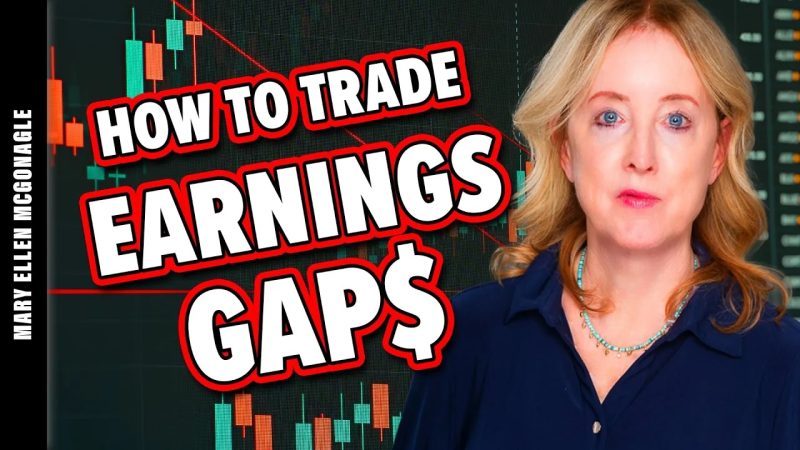Trading Gaps: An Insider’s Guide
Identifying opportunities in the stock market requires a keen understanding of market behavior and the factors that drive price movements. One strategy that experienced traders often utilize is trading gaps that occur after earnings reports. These gaps, which represent significant price jumps on the stock chart, can provide lucrative trading opportunities for those who know how to exploit them effectively.
Understanding the Dynamics of Gaps
Gaps occur when the price of a stock opens significantly higher or lower than its previous closing price. These gaps are typically driven by new information released during earnings announcements, such as better-than-expected financial results, guidance updates, or unexpected news about the company. As a result, the market adjusts the stock price rapidly to reflect this new information, creating a gap on the price chart.
There are two types of gaps that traders commonly encounter: the gap-up and the gap-down. A gap-up occurs when the opening price is higher than the previous day’s high, while a gap-down occurs when the opening price is lower than the previous day’s low. Both types of gaps present unique trading opportunities for savvy traders.
Trading the Gap-Up
When a stock opens significantly higher after earnings, it indicates positive news and increased investor sentiment towards the company. Traders often view this gap-up as a bullish signal and look for opportunities to buy the stock with the expectation of further price appreciation.
One common strategy for trading a gap-up is to wait for a pullback in the stock price after the initial gap and then enter a long position. This strategy allows traders to capitalize on short-term profit-taking by other investors while positioning themselves for potential gains as the stock continues its upward momentum.
Additionally, traders may consider using technical indicators such as moving averages, relative strength index (RSI), or stochastic oscillators to confirm the strength of the upward trend before entering a trade. Setting a stop-loss order below the recent low can help manage risk and protect against potential losses if the trade goes against expectations.
Trading the Gap-Down
Conversely, when a stock opens significantly lower after earnings, it suggests negative news or unfavorable developments related to the company. Traders often interpret this gap-down as a bearish signal and seek opportunities to sell the stock or even go short to profit from further price declines.
One approach to trading a gap-down is to wait for a bounce in the stock price following the initial gap and then enter a short position. This strategy enables traders to benefit from a potential reversal in investor sentiment and capitalize on downward price momentum.
Similar to trading the gap-up, traders may use technical indicators to confirm the strength of the downward trend before taking a position. Implementing a stop-loss order above the recent high can help manage risk and limit potential losses if the trade does not play out as expected.
Conclusion
Trading gaps that occur after earnings reports can be a profitable strategy for experienced traders who understand market dynamics and know how to interpret price movements effectively. By identifying and capitalizing on the opportunities presented by gap-up and gap-down scenarios, traders can enhance their chances of success in the stock market and achieve their financial goals.
